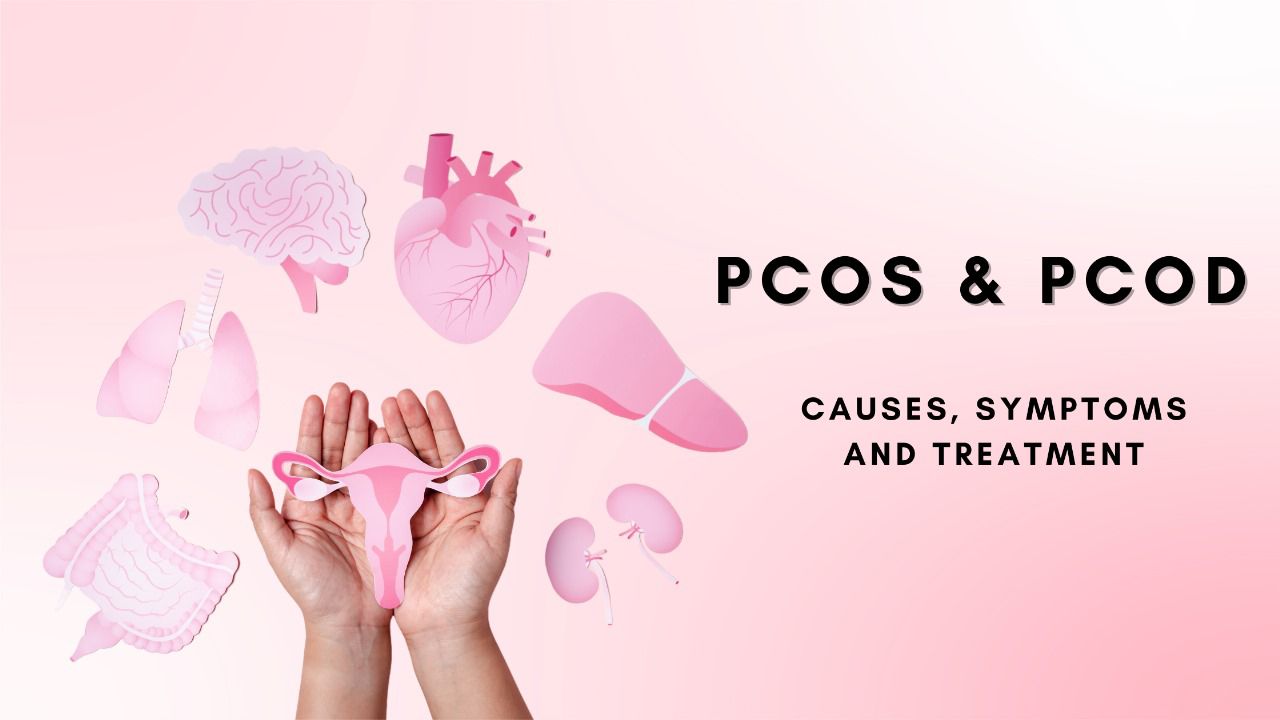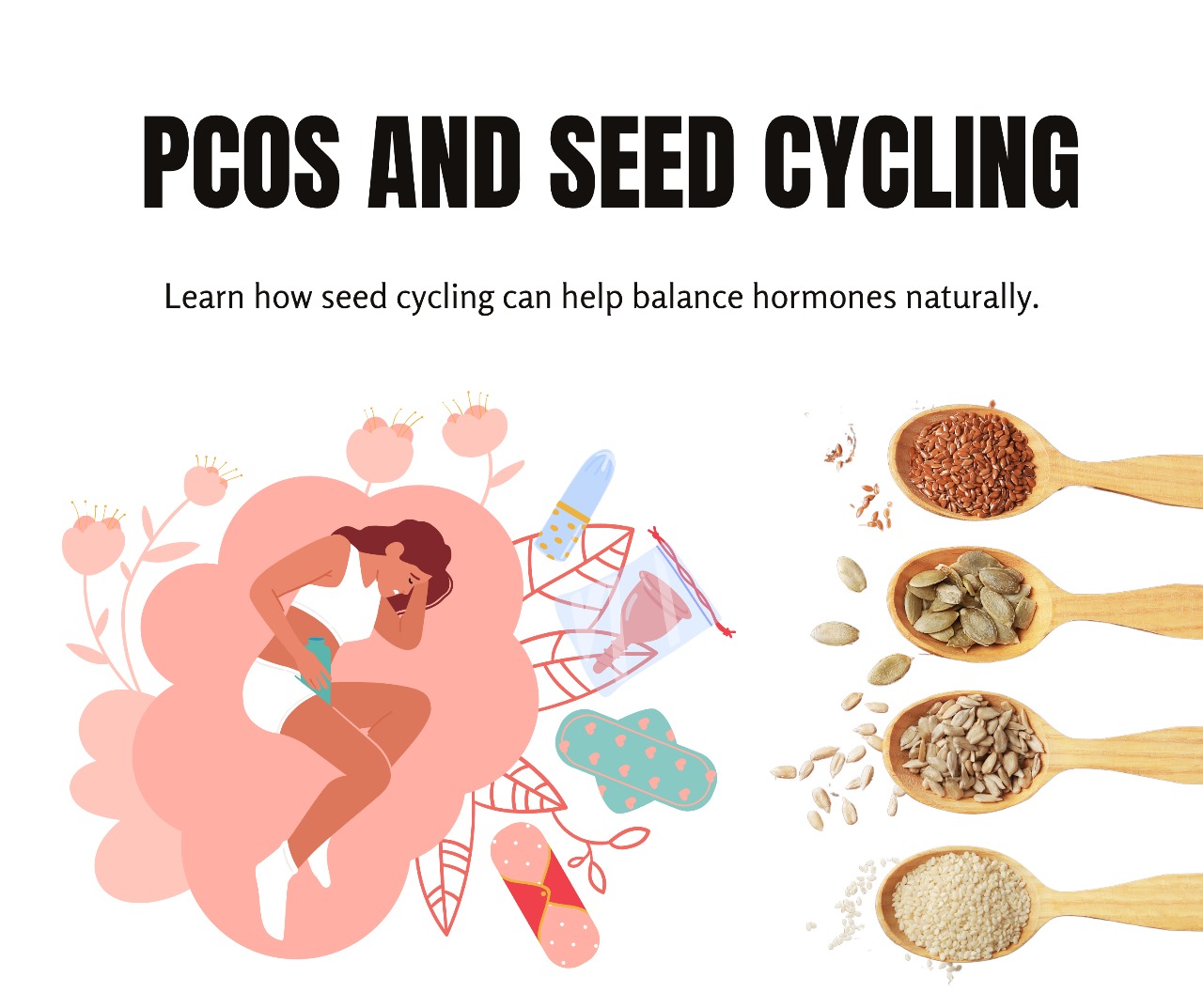Becoming a new mother is one of the most transformative experiences, but it can also bring many physical changes that leave you feeling out of touch with your pre-pregnancy self. Postpartum weight loss is a journey that requires patience, kindness to yourself, and a well-planned approach. Here’s how you can regain your strength, health, and confidence while adjusting to your new life as a mother.
1. Prioritize Recovery Before Weight Loss
Your body has just been through an incredible event, and it needs time to heal. Rushing into intense exercise or dieting can actually set you back in your postpartum recovery. It’s essential to let your body heal from childbirth and allow yourself grace in these initial weeks.
2. Start with Gentle Exercises
Once your doctor gives you the green light, start with low-impact exercises like walking, pelvic floor exercises, and stretching. These exercises can help improve circulation, increase your energy levels, and ease you into a more active lifestyle. You might also try yoga or Pilates, which can help strengthen your core and improve flexibility.
3. Breastfeeding and Weight Loss
Breastfeeding can actually help burn extra calories. It takes a lot of energy to produce milk, and many women notice gradual weight loss while nursing. However, this doesn’t mean you should cut back on calories. Make sure you’re eating enough to support both your recovery and milk production. Focus on nutrient-dense foods like leafy greens, whole grains, and lean proteins.
4. Eat a Balanced Diet
Rather than restricting yourself, focus on nourishing your body with healthy, whole foods. Postpartum nutrition should include a balance of lean proteins, healthy fats, and complex carbohydrates. Foods rich in fiber can also help keep you full and energized throughout the day, while also aiding digestion.
5. Stay Hydrated
Water plays a crucial role in postpartum recovery. Not only does it help with breastfeeding, but it also supports your metabolism and helps reduce water retention. Aim for at least 8-10 glasses of water per day, and more if you’re breastfeeding.
6. Get Enough Sleep (Whenever You Can!)
This is easier said than done with a newborn, but sleep is essential for weight loss and overall health. Sleep deprivation can lead to increased hunger and cravings, making it harder to stick to your healthy eating and exercise plan. Try to rest when your baby sleeps, and don’t hesitate to ask for help so you can get the rest you need.
7. Build a Support System
Postpartum weight loss can feel overwhelming, especially when juggling the demands of a new baby. Having a support system—whether it’s your partner, friends, or a fitness community—can help keep you motivated. You might also consider working with a personal trainer or joining a postpartum fitness group to stay on track.
8. Be Patient and Celebrate Small Wins
Remember, every woman’s postpartum journey is different. It took nine months for your body to change during pregnancy, so give yourself time to recover and lose weight at a healthy pace. Focus on small goals, like increasing your daily step count or adding more vegetables to your meals. Every step you take is a step towards reclaiming your strength and confidence.
9. Consider Professional Guidance
If you’re unsure about how to safely lose weight after pregnancy, consider consulting with a nutritionist or postpartum fitness expert. They can help create a personalized plan that suits your needs and lifestyle, ensuring you lose weight safely without sacrificing your health or energy levels.
10. Love Your Postpartum Body
Lastly, remember to be kind to yourself. Your body has done something incredible, and it deserves your love and respect. Focus on how you feel rather than just the number on the scale. Celebrate your progress, your strength, and the new life you’ve created.
Losing weight after pregnancy is a journey that takes time, but with patience and self-care, you can achieve your goals. Focus on feeling strong and healthy, and the results will follow.




